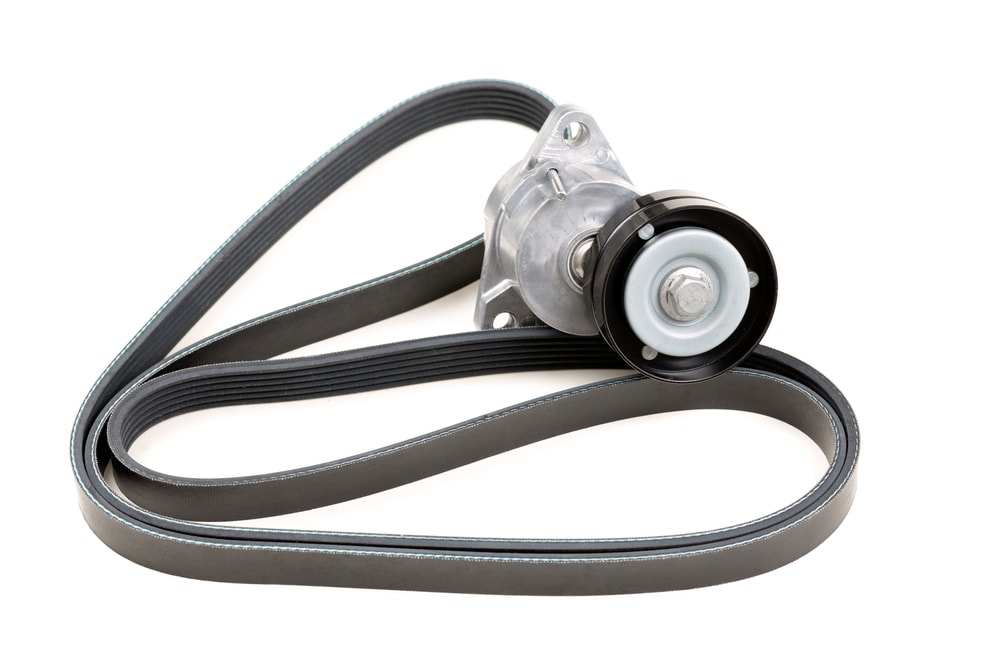

In order to operate, your car needs more than just a working engine and transmission. The “accessories” attached to the engine aren’t really optional. For instance, you need the alternator to supply electricity to run the engine, your radio, the HVAC system and more. Your power steering pump provides steering assist to make maneuvering your car easier. The power for all of those things comes from the engine via the serpentine/drive belt.
Most cars today have a single belt, called a serpentine belt. In the past, two or even three belts were used. The serpentine belt connects all the accessories on the engine to the main drive pulley, which is turned by the engine. As the pulley turns, the belt moves. This turns the pulleys on the attached accessories, providing them with the power to operate.
The serpentine/drive belt on your car is a crucial consideration, and it should be inspected at every maintenance interval (every oil change). The belt is in use every single time you start your engine, and it is used for as long as the engine is running. As you can imagine, that puts a lot of wear and tear on the belt. With that being said most serpentine/drive belts can last for a very long time before they need to be replaced.
The lifespan of the belt will depend mostly on the type of material it’s made of. Older style belts generally last about 50,000 miles, while those made from EPDM can last up to 100,000 miles. The best option is to just ensure that your car receives regular maintenance and that the belt is inspected every time. If it breaks, you’ll find that your driving experience is more than a little bit changed. Without this belt, your power steering pump won’t work, your A/C system won’t work, and even your alternator won’t operate. That means you’ll be running on battery power until the engine drains it, and then you’ll be stuck on the side of the road.
While your belt should last for a very long time, there are a few signs of aging and wear that you should keep an eye out for to prevent yourself from being stranded. These include:
Squealing from under the hood (this can indicate a stretched belt)
Cracks in the belt
Nicks, cuts or tears in the belt
Missing grooves on the belt’s inner surface
Power steering assist doesn’t work (indicates a problem with the belt or the power steering system)
Battery light is on in the dash while the car is running
If you experience any of these symptoms, YourMechanic can help. Our mobile mechanics can come right to your home or office to inspect and replace a broken or worn serpentine/drive belt.



